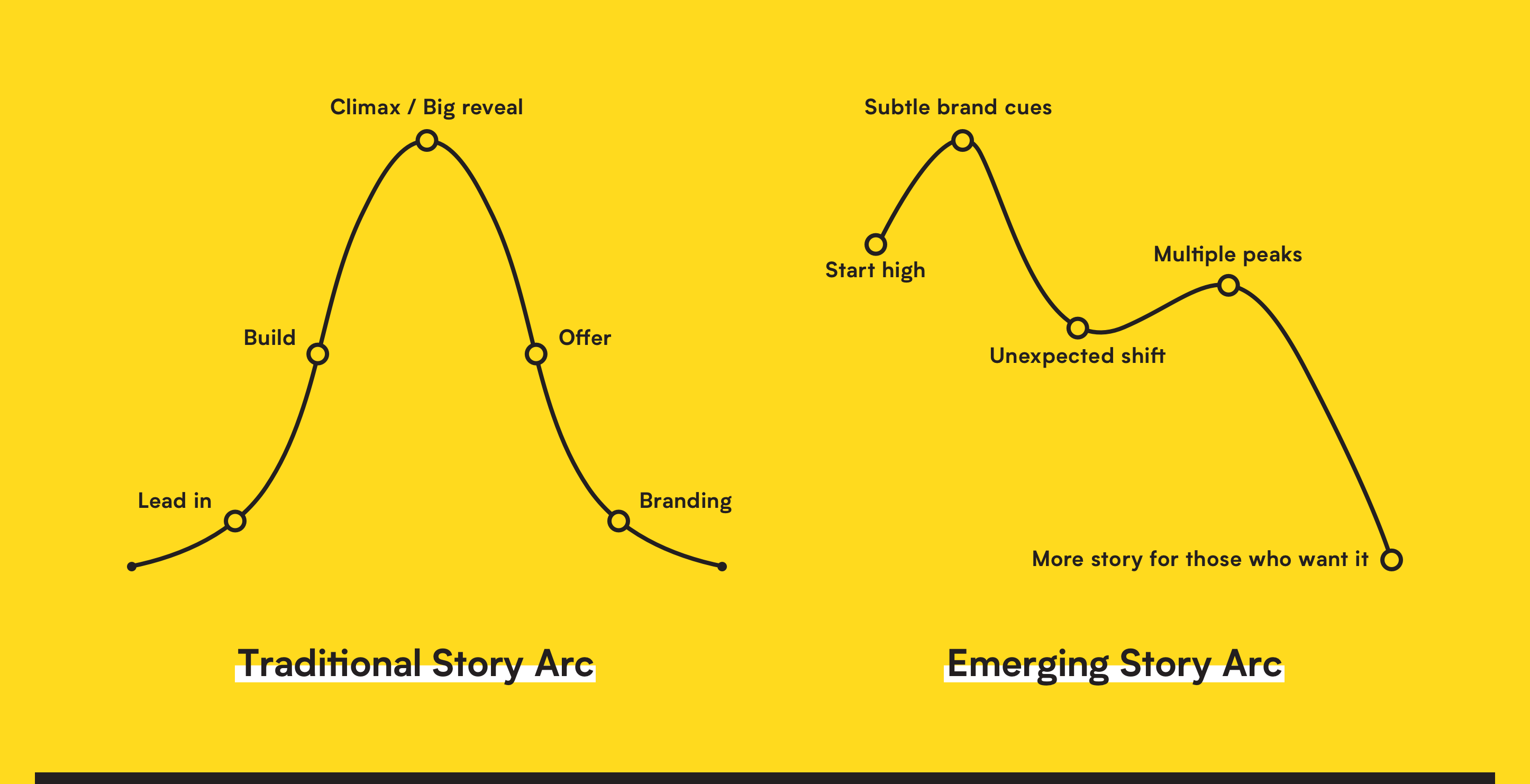Everything can be measured……it’s just more difficult across some channels (and some brands don’t have the means).
Which brings us to our topic – Traditional v Digital Media Marketing: What’s the difference?
In a narrow approach, the main difference really boils down to ways of thinking.
Digital natives focus on the minutia, the ‘to-the-minute’ results, click through rates, conversions, CPAs, ROAS, the list is endless – whereas traditional natives focus on much longer reporting periods, favourability, sales trends, percentage of total reach, quarterly results etc. and often the two don’t meet.
In another sense, there is no difference.
All marketing channels are simply envelopes in which to serve our message – they just go to different addresses.
As data driven marketers it’s our job at Rare Hearts & Science to use whatever works to further the objectives of our clients.
If that means dropping DLs in letterboxes, putting up impressive digital billboards, or running a niche search campaign – it’s our job to know what media channel is going to be the best fit for the brand and the brand’s objectives.
But let’s talk a bit about why you’re actually here.
Research continually shows traditional channels are incredibly effective at driving broad reach and ROI.
When compared to social media, traditional advertising was found to outperform at growing new customer acquisition, brand awareness and brand consideration.
In another study, on consumer ability to recall ad campaigns, research showed that digital media performed lowest of all, peaking at 30%, while television and radio performed best with recall rates of up to 60% for consumer products and services.
But like all data we see in our day-to-day, results can be very … nuanced.
These are the mediums that creative teams are ‘traditionally’ building for – it’s what creatives want to work on, it’s bold, it’s big, it’s exciting. It’s what wins awards.
They’ll then try to squash those into an Instagram story because it’s what the media team spec’d.
Someone will then run a brand uplift study comparing the results of television versus Instagram and lo and behold, the channel designed for a long-form story arc outperforms.

…And there lies the difference.
Digital media is extremely fast paced, traditional media is not.
Let’s look at the numbers: the average Facebook post is viewed for <1.6 seconds. The average TV ad is viewed for the full 30-second duration of the ad.
This means that a long, beautiful story arc will work on TV to build emotion, raise awareness and increase consideration, but if your big reveal is at the 10 second mark on your Facebook post, you may as well have put it on the second page of Google.

(Best practice traditional story arc versus digital story arc)
So here are your key takeaways…
If your current agency doesn’t understand these key differences between Traditional and Digital Media Marketing, you won’t be getting the results you should be. Could be time for a chat with Rare Hearts & Science.